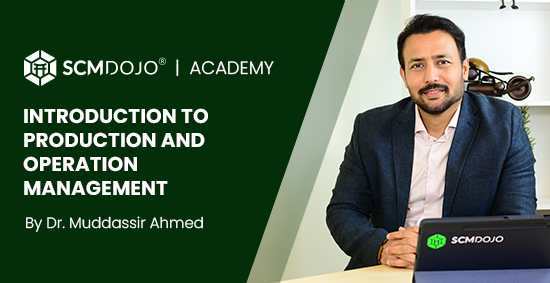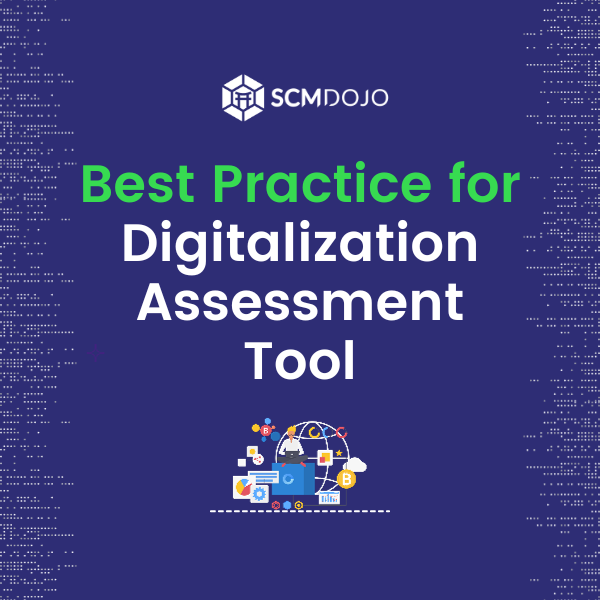Strategies and Processes Aim at Business Performance Management
Select a strategy that focuses on one’s core competencies, and processes that ensured total quality management, and success will follow, said experts.
When technology and customer tastes are changing at an ever-increasing pace, what happens if the core competencies get obsolete, wonder modern managers. This is particularly relevant when businesses operate on a global scale, facing competition from new players with unique costs and other advantages. Radically new ways of strategy development become necessary in the new environment.
The Business of Management Through the Ages
With strong labor unions, an ever-alert press, and increasing public awareness facilitated by the web, modern business managers face a multifaceted array of concerns beyond mere profitability. Today’s business landscape demands attention to numerous dimensions, including social responsibility, ethical considerations, and sustainability. Amidst these complexities, the role of businesses has expanded to encompass broader societal impacts.
In addition to these shifts, the digital age has empowered small businesses, enabling them to compete on nearly equal footing with their larger counterparts. As the playing field becomes more level, traditional business paradigms are evolving to accommodate these changes.
Similarly, in the realm of education, students face diverse challenges and opportunities. The emergence of reputable essay writing services like KingEssays empowers students to excel in their academic pursuits. Just as businesses must adapt to a changing landscape, students can leverage expert assistance to navigate the complexities of coursework, ensuring they meet high standards of quality and learning.
Business in Ancient Times
The business of making utility articles and other artifacts would have started as soon as humans learned how to use tools. Crafts persons produced things with their hands and simple tools. The individual craftsperson served small communities whose members knew where to go if they wanted a particular product. Skills were passed on from generation to generation in families specializing in particular crafts.
Business transactions had to be on a barter basis, i.e. exchanging goods and services for other goods and services, before money came into use. For big ventures, such as the building of the Pyramids, slaves were often employed. Slaves were motivated by fear of punishment, such as whipping or even death.
Things have changed much since those days.
Business Scenarios Change: Guilds, Industrialization, Work Studies, Mechanization, Automation
Crafts persons formed guilds that often limited the number of persons admitted to the trade. Admission was through apprenticeships under master craftsmen. Competition in the trade was kept within manageable limits.
Industrialization involved using capital equipment to produce things. It brought about a major increase in productivity but also led to products that were inferior in quality to craft products and to a degraded quality of life for workers who often had to work long hours in dingy workplaces. The general poverty of the population left them no choices (as is the case in many developing countries even now).
Economist Adam Smith noted how productivity can be increased through the division of labor. Instead of making workers do all (or many of) the tasks involved in making a product if each worker is assigned to do just one task. It was found that productivity increased dramatically.
“Scientific” management enthusiasts like Frederick Taylor studied work processes in considerable detail. The physical movements involved in doing work were analyzed and attempts were made to eliminate redundant movements and improve the effectiveness of essential ones. This led to mechanization, first at the human level by training workers to work mechanically and then developing machines to perform repetitive tasks.
Assembly line factories where workers performed repetitive tasks transformed the production scenario, increasing volumes and reducing costs. The process went further and human operators were often replaced by robots, automating much of the production line.
Business Management Has to Cope with Increase in Worker Power
Movements against the deplorable working conditions in factories and the rise of democratic societies ultimately resulted in the emergence of strong worker unions and their bargaining with employers for better wages and working conditions.
Personnel management began to shift focus to human relations from the purely disciplinarian approach. Researchers like Abraham Maslow explored the factors underlying human motivation and the findings were used by managers to design work environments and practices that enhanced worker commitment. That exercise is still going on in an ever-changing environment and increased understanding of how organizations work. Organization development is a major function now, requiring major re-orientations as knowledge workers replace manual workers.
Changes in the technology scenario and the social environment (which were often greatly influenced by technology) also had a significant impact on management practices. For example, information technology has speeded up business operations and business management software has provided business intelligence for strategic and management planning. The Internet changed the scenario even more with employees and employers, and also the public, becoming aware of the affairs of business firms.
Visit our course Introduction to Production and Operations Management
Small business management also got transformed as small businesses could now operate at unprecedented scales using small business software and Web commerce.
Impact of Competition on Management
In the early days of industrial development, it was a sellers’ market with supply often short of demand. Publicity involved mainly creating awareness among prospective customers that a product was being made or supplied by the advertiser.
With increasing competition, the publicity scenario was transformed. In addition to creating awareness, suppliers also had to convince the customer that their offer was the best. Practices like monopoly and cartelization appeared, as well as the art of writing persuasive sales copy and innovative ways of business promotion.
Government Business Regulations Change the Scenario
Advertisements often made false claims that misled prospective consumers and sought to make a profit by making and selling unsafe and even harmful products. Monopoly and cartelization stifled competition and harmed consumer interests. Business managers adopted fraudulent practices to benefit themselves, typically hurting the interests of the business as a whole.
All these practices led to a proliferation of business regulations passed by governments. The government could no more stand aside allowing free enterprise full rein. Regulations affect all aspects of doing business these days, right from formation and stock issues through employment, taxation, and health & safety laws to accountability of top managers and protection of privacy.
Organizational Structure and Development
The traditional hierarchical, top-down organizational structure is proving inadequate to cope with the fast-changing business environment as well as create an environment conducive to innovation, an essential prerequisite for success in a highly competitive scenario. New forms of organizational structure that integrate functions and speed up decisions are evolving.
Business management has thus been transformed in dramatic ways and the Egyptian pyramid builder is likely to be left bewildered at the new-fangled practices, such as dispensing with the whip to get workers to do the work if he comes down in time.
Challenges of Globalization and Emerging Technologies
Globalization allowed companies not only to sell globally but also to procure their requirements at the most economical rates. Originally, this meant mainly procurement of raw materials but as education and technology developed in developing countries, manufacturing, and many incidental services, could also be moved to these destinations to take advantage of lower costs.
Emerging new technologies such as nanotechnology and modern biotechnology have the potential of lowering costs and creating better-quality products. These lower cost / better quality products could render traditional products and processes obsolete and uneconomic.
Business management systems are also being transformed. Using freely available business information on the Web, and the power of e-commerce, even small business managements can do their marketing globally. Business software like accounting and inventory management, and even much of the hardware, can be obtained by paying usage charges under a cloud computing environment. Cloud computing not only reduces IT costs but also makes it possible to access private information from anywhere.
All these changes are making business management a very different challenge. Concepts like core competencies and total quality management are becoming less important. Business managers might often find it better to ditch their existing businesses and take risks on new businesses. This new idea is expounded as breakthrough management by Dr. Shoji Shiba, who taught at the Sloan School of Management, MIT.
Strategic Planning, Organizational Development, and Business Management Process
Strategic planning refers to the process of developing a business idea into an operating business. Selecting the business itself forms part of the process. Traditionally, business selection was based on core competencies, i.e. strengths of the enterprise, and external opportunities presented by markets and technologies.
Organizational development involves creating an organization that is capable of tackling the challenges it has to face. It includes the selection and training of the organization’s people, creating and sustaining a supportive organizational culture, and installing systems and procedures that act as lubricants to the business processes, making them easy to execute.
The business management process indicates the way business operations are carried out. It involves deciding what needs to be achieved and how to achieve it, breaking it down into individual tasks, and attending to these tasks in the correct sequence. For a shop floor supervisor or machine operator, who is given clear and specific targets, this process can be a simple one. For a CEO given the task of achieving specific profit goals in a competitive and uncertain market, the process will be a highly complex one and will include the strategic planning and organizational development processes above.
Business management involves all the issues of starting and running a business, including management planning, organization development, technology – marketing – people, and business process management. Practices of business management have undergone dramatic changes over the ages, and are changing even now to meet such challenges as globalization and fast-changing technologies.




